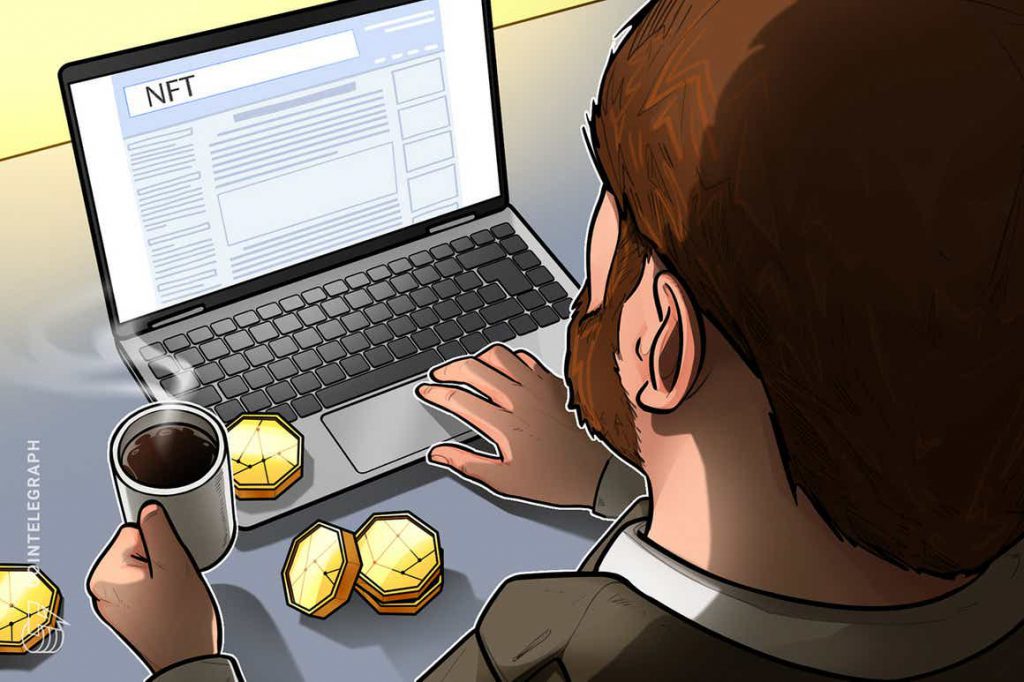NFT marketplace OpenSea has backflipped on a controversial decision to limit the number of NFTs and collections creators can mint using its smart contract.
The platform previously allowed unlimited collections and items, but changed its policy to only allow five NFT collections with 50 items per collection when using OpenSea’s collection storefront contract.
The unexpected announcement from OpenSea’s Twitter Support account, posted on Jan. 27, stated the lower limits came after it had “addressed feedback received about its creator tools.” .
A follow-up tweet asked the community to “share how this affects your creative flow.”
NFT creators hit back, some arguing that their unfinished collections would now never be completed due to the change, with others noting that they were part-way through creating collections numbering in the hundreds to thousands.
One creator, who goes by “HamsterNFT” on Twitter, shared a screenshot showing how they couldn’t upload any more of their NFTs, stating their frustration that they’re now stuck at 96 pieces out of the 100 piece collection.
Well… For instance, I committed myself to a 100 piece collection. I’m currently at 96 out of the 100… And now I’m stuck with this message and I can’t complete it. Ever. Thanks! pic.twitter.com/DdLRNpiucI
— Hammy.eth | Hamster NFT Collections (@HamsterNFT) January 27, 2022
Creators could still deploy their own smart contract to circumvent the limits imposed by OpenSea, but with smart contract deployment costing between US$1,000 and US$2,000 in gas fees, some stated they will move their collections to competing marketplaces.
OpenSea reversed the decision today, tweeting their apologies for not previewing the decision with its community. It stated the reason for the limits was that its smart contract was being misused, and that “over 80% of the items created with this tool were plagiarized works, fake collections, and spam.” OpenSea added that it’s “working through a number of solutions to ensure we support our creators while deterring bad actors.”
To all the creators in our community impacted by the 50 item limit we added to our free minting tool, we hear you and we’re sorry.
We have reversed the decision.
But we also want to offer an explanation ↯ pic.twitter.com/Y3igaE1RM2— OpenSea (@opensea) January 27, 2022
In a separate controversy, an email was sent to OpenSea users who still had “inactive listings” on their accounts, asking them to cancel any old listings due to a recently found exploit that allows attackers to buy NFTs for old listing prices.
Related: More evidence game devs hate NFTs and crypto
Prominent crypto influencer “dingalingts” in a thread, warned his 75,000+ followers, that following the advice in OpenSea’s email would lead to easier execution of the exploit, labeling the advice from OpenSea “incredibly irresponsible” and “makes things 100x worse”.
Dingalingts argues that following OpenSea’s advice allows exploiters to view the cancellation order for previously listed prices on the blockchain, attackers can then pay higher gas fees to have their order executed before the cancellation in a practice known as “front-running”, thus buying the NFT for a cheaper price.
To prevent this, dingalingts advises to “transfer all the NFTs with “inactive Opensea listings” OUT of your address first before canceling the live listings in your original address.”
“Only after all the listings are canceled are you safe to transfer it back,” they said.
However OpenSea claims to have addressed these issues by changing the default listing duration from six months to one month, building a dashboard to show users their listings, and alerting them when an NFT transferred from their wallet has an associated active listing.
The changes were made so users could more easily view and be alerted to listings associated with their NFTs, in an attempt to limit the number of listings that remain active long after they’re relevant.
Cointelegraph approached OpenSea for comment.


